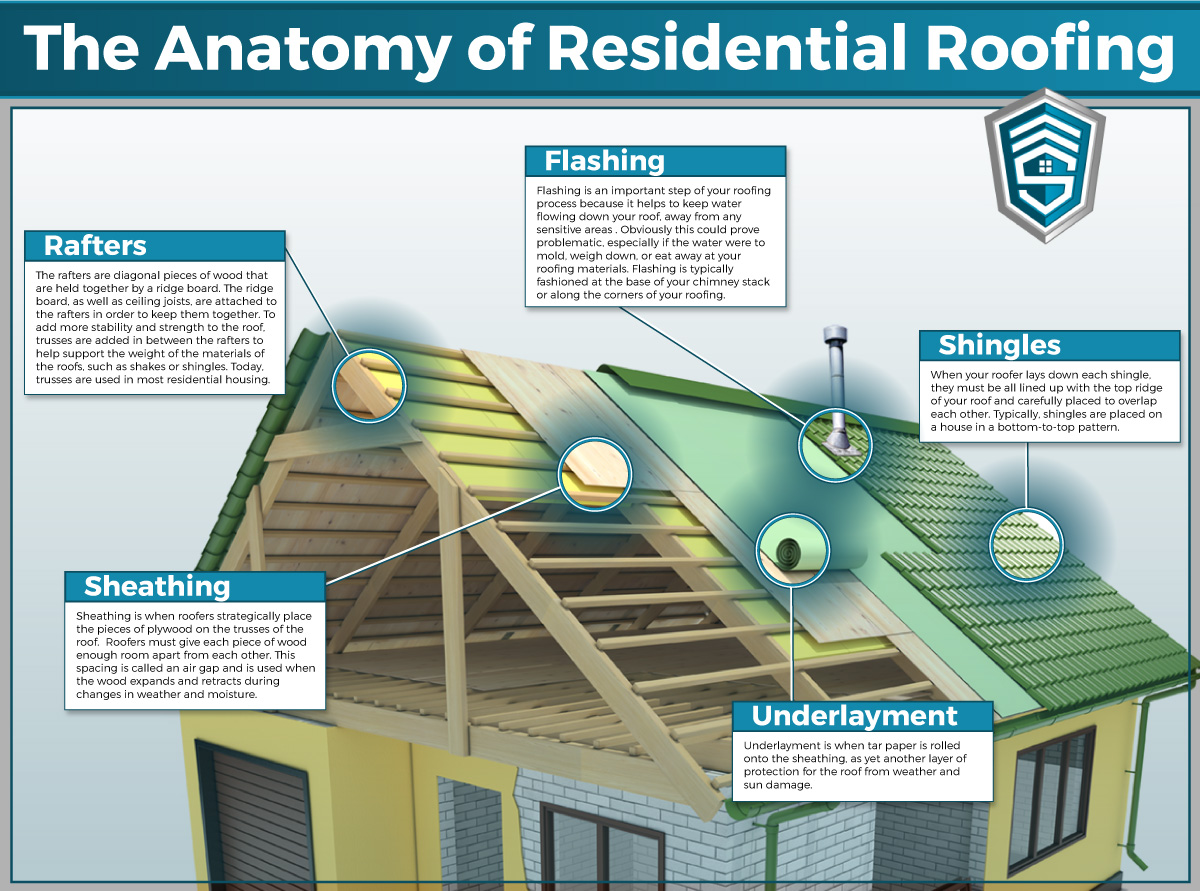The Feature Of Roof Ventilation In Making Sure A Successful Setup
The Feature Of Roof Ventilation In Making Sure A Successful Setup
Blog Article
Uploaded By-Kock Manning
When you're tackling a roof covering job, you may not think much concerning roofing system air flow, however it's more critical than you recognize. Reliable air flow aids regulate temperature level and wetness in your attic room, protecting against troubles like mold and architectural damages. By recognizing just how to design and set up a well balanced air flow system, you can enhance energy effectiveness and extend the life-span of your roof materials. So, what are the crucial aspects to consider throughout installation that can make all the distinction?
Value of Roof Air Flow
Roof covering ventilation plays an essential role in keeping the general wellness of your home. By allowing fresh air to distribute with your attic room, it helps control temperature and moisture levels. This balance is essential to prevent warmth buildup throughout hot months, which can cause increased power prices as your a/c works overtime.
Furthermore, san antonio tx roofing company minimizes the danger of moisture-related concerns like mold and mildew. If home windows san antonio tx climb, your home's structural integrity can be compromised, leading to pricey repair services. contractor for flooring wouldn't want to handle decomposing timber or distorted roof covering products, right?
Furthermore, appropriate ventilation expands the life-span of your roof. When warmth and moisture are kept in check, your roof can do ideally, avoiding premature deterioration. This indicates less headaches and expenses down the line.
Just How Roofing Ventilation Functions
Reliable roof air flow depends on the all-natural motion of air to produce an equilibrium between consumption and exhaust. When you mount vents, you're essentially enabling fresh air to enter your attic room while enabling warm, stagnant air to get away. This procedure aids regulate temperature level and moisture levels, avoiding issues like mold and mildew development and roof damages.
Intake vents, usually found at the eaves, attract trendy air from outside. Meanwhile, exhaust vents, situated near the ridge of the roofing, allow hot air rise and exit. The difference in temperature level produces a natural airflow, referred to as the pile impact. As cozy air increases, it produces a vacuum that pulls in cooler air from the lower vents.
To optimize this system, you need to ensure that the intake and exhaust vents are correctly sized and positioned. If the intake is limited, you won't achieve the wanted air flow.
Similarly, inadequate exhaust can trap warm and moisture, leading to potential damages.
Secret Setup Considerations
When setting up roofing ventilation, several vital considerations can make or damage your system's effectiveness. Initially, you require to evaluate your roofing system's style. The pitch, form, and materials all affect air flow and air flow option. Make certain to pick vents that match your roof covering type and regional environment conditions.
Next, take into consideration the positioning of your vents. Preferably, you'll want a balanced system with consumption and exhaust vents placed for ideal air movement. Place intake vents low on the roof and exhaust vents near the peak to encourage an all-natural flow of air. This configuration assists protect against wetness build-up and advertises power effectiveness.
Don't ignore insulation. Correct insulation in your attic room stops heat from leaving and maintains your home comfortable. Make sure that insulation does not obstruct your vents, as this can prevent air flow.
Last but not least, think of upkeep. Select air flow systems that are simple to accessibility for cleansing and evaluation. roof and gutter cleaning guarantees your system continues to operate effectively over time.
Final thought
Finally, roofing system air flow is essential for a successful installation. By making sure appropriate airflow, you can avoid heat build-up and dampness issues that cause pricey damage. When you purposefully position consumption and exhaust vents, you improve power efficiency and lengthen the lifespan of your roofing system. Keep in mind, a well-ventilated roofing system not only secures your financial investment yet likewise enhances your interior air quality. So, prioritize air flow to make sure a durable and cost-efficient roof for your home.
